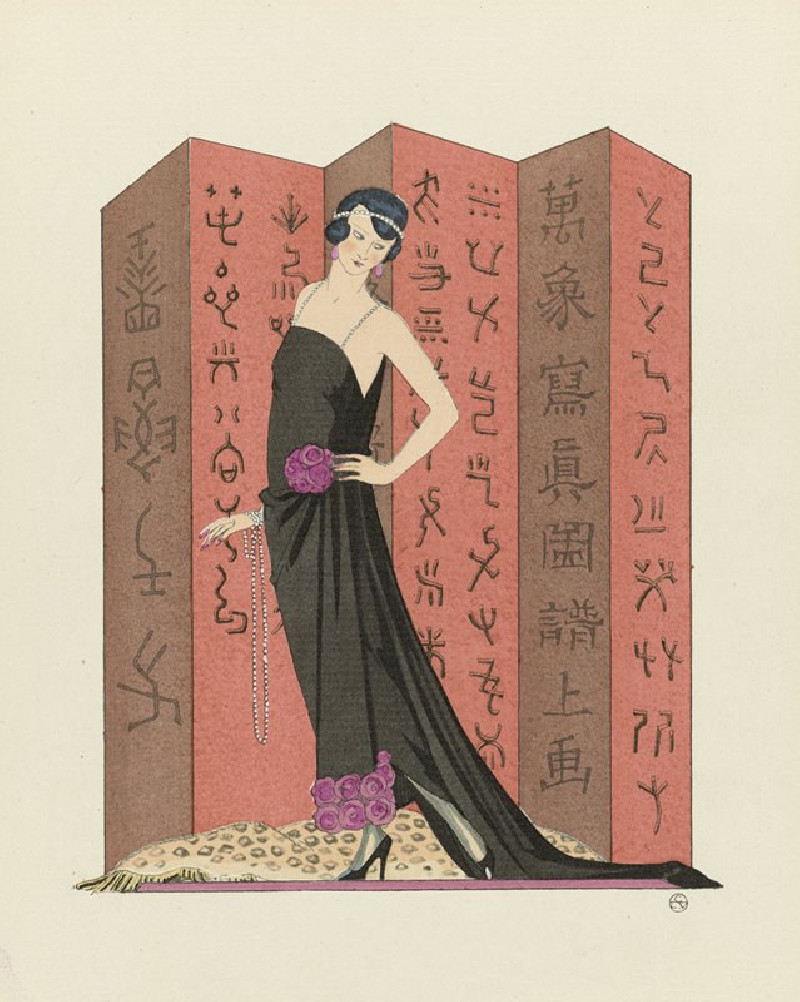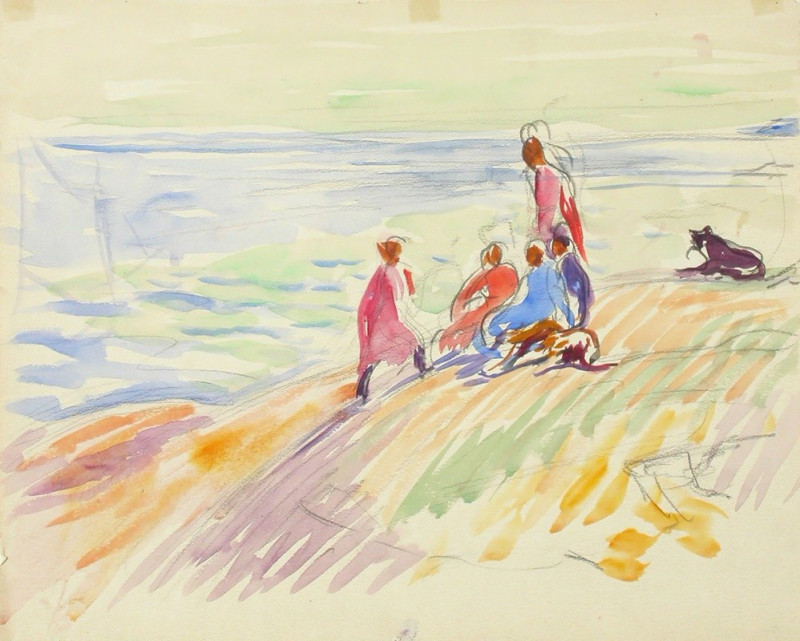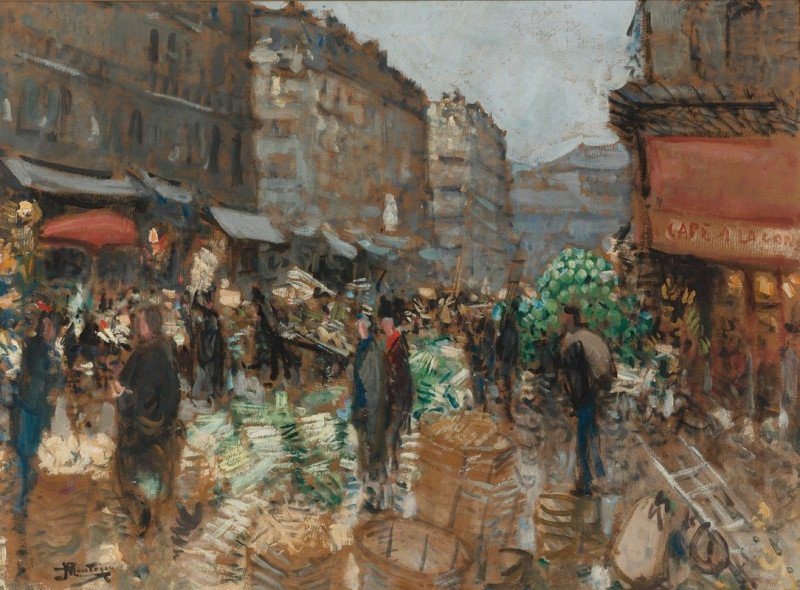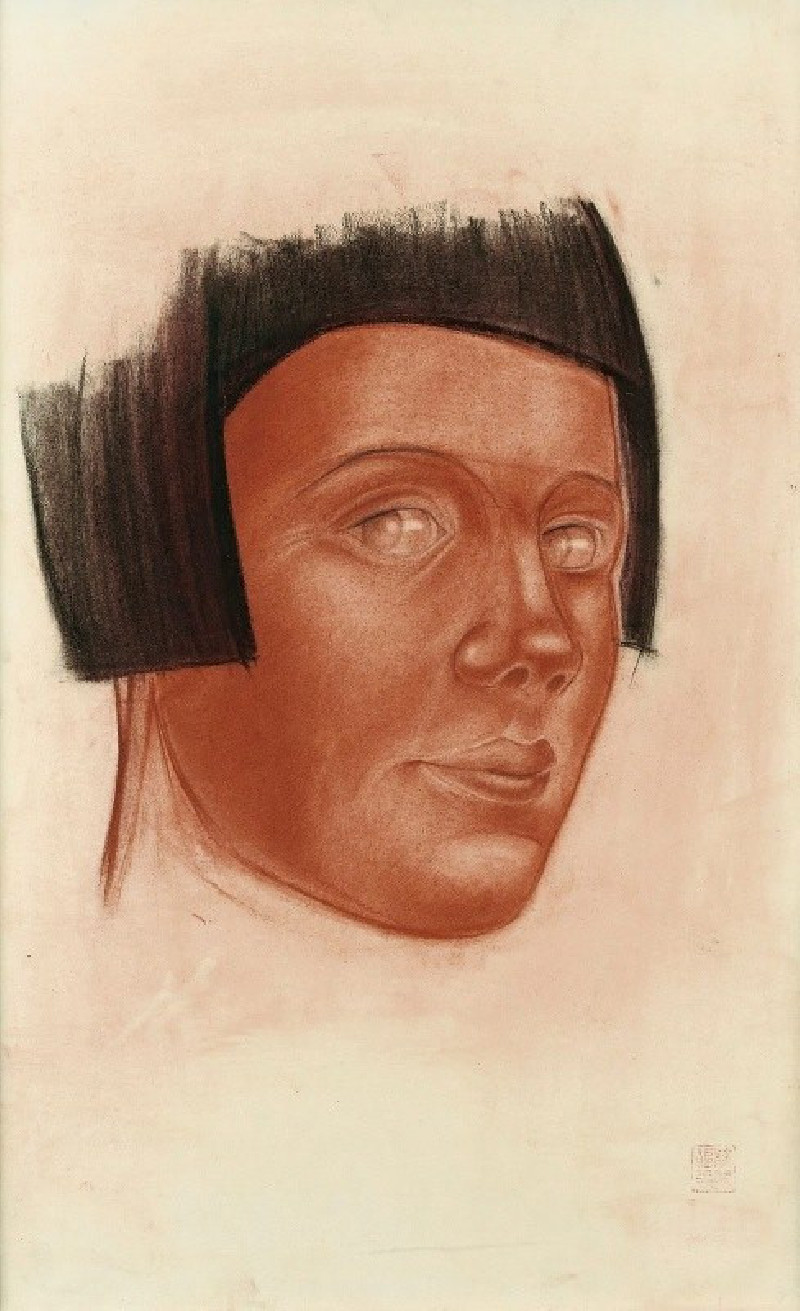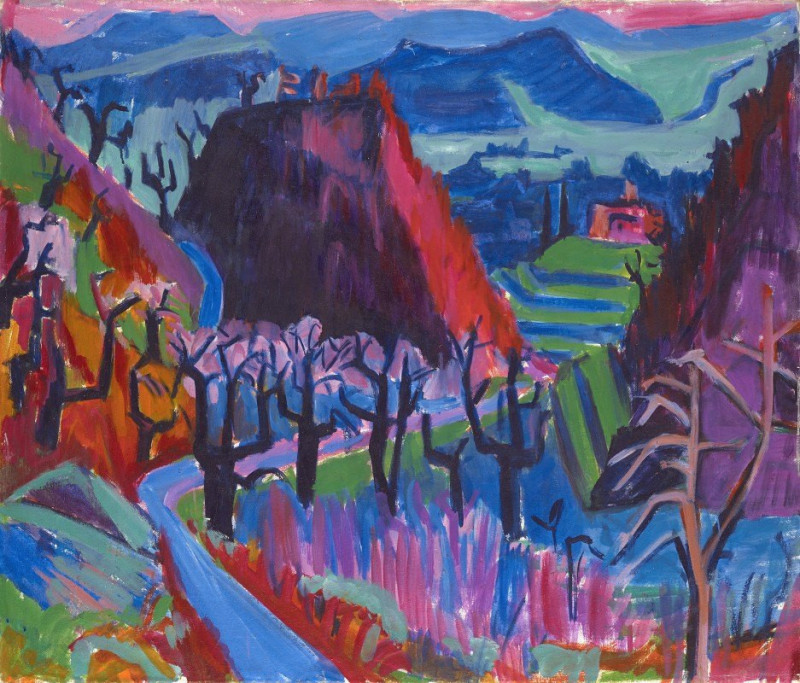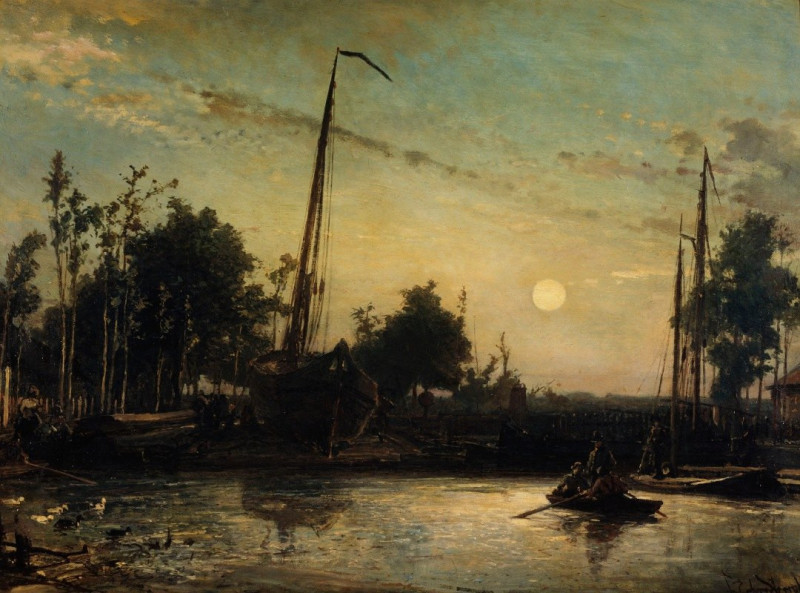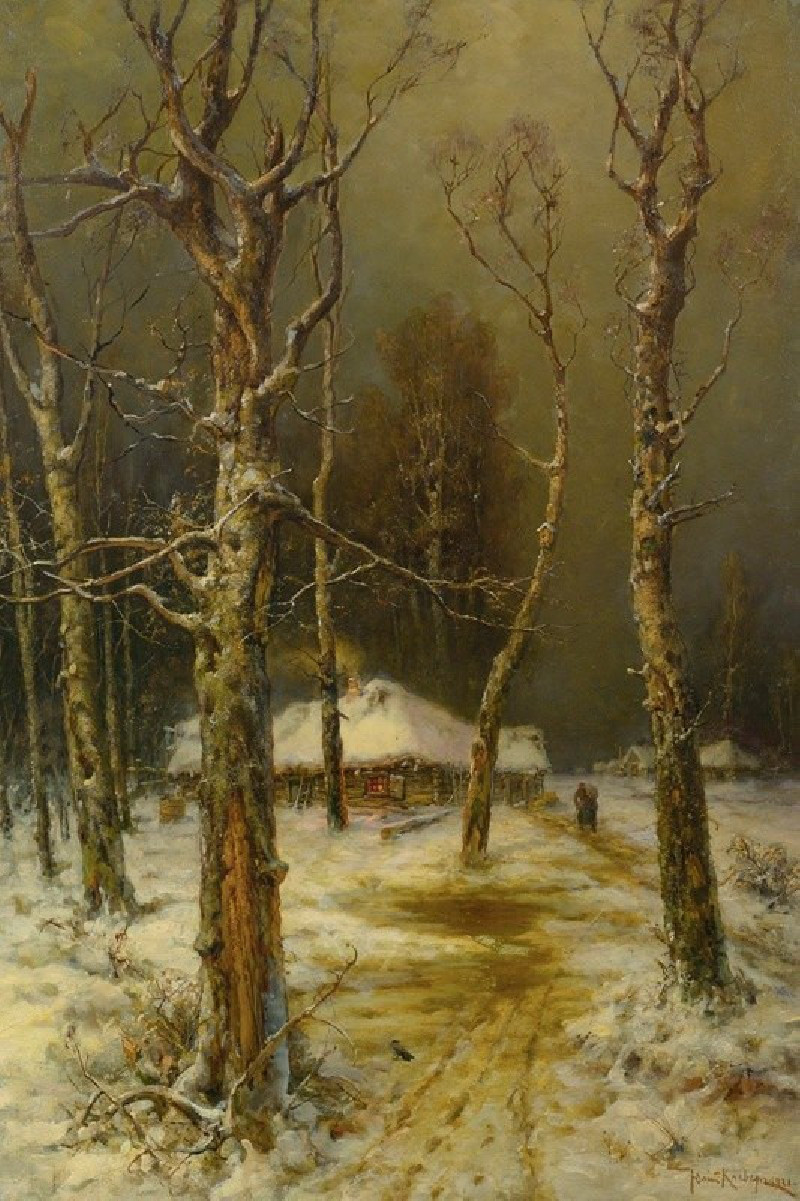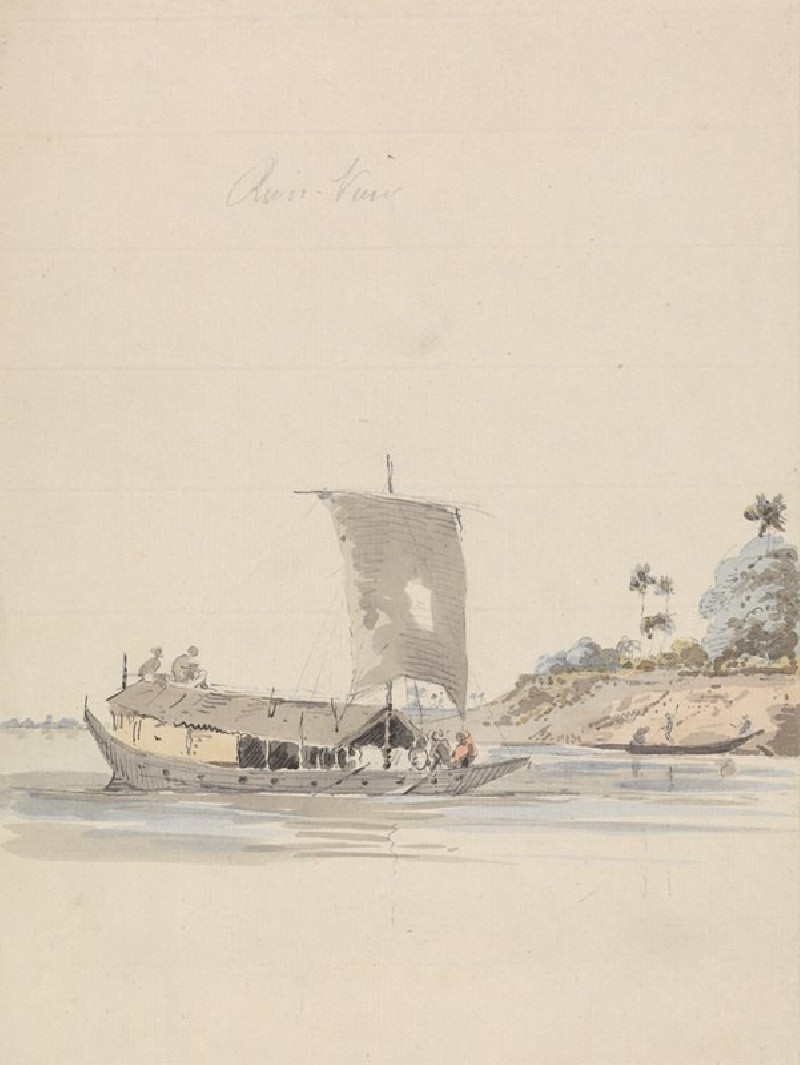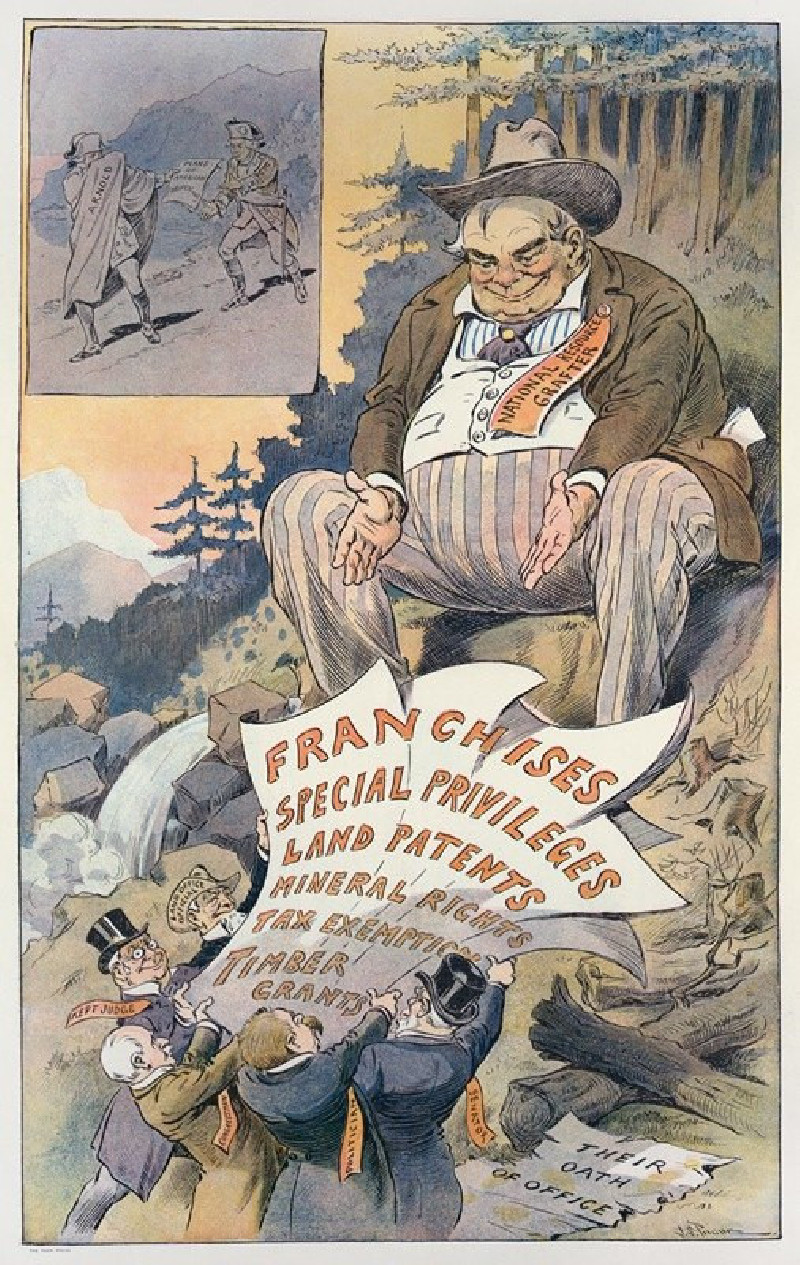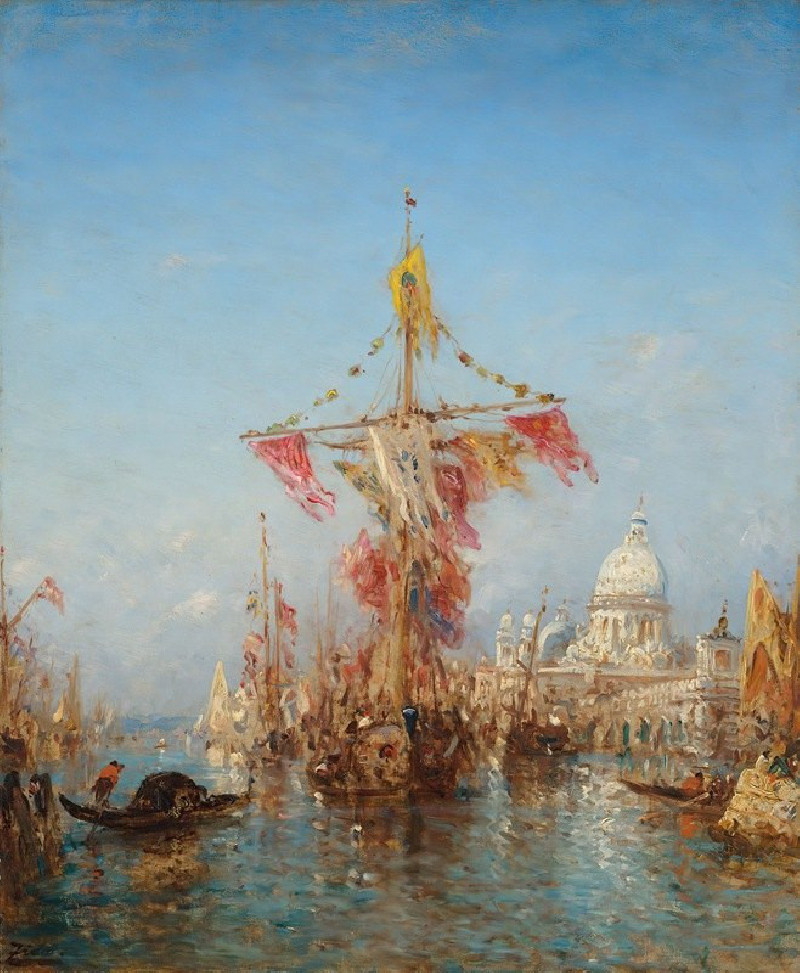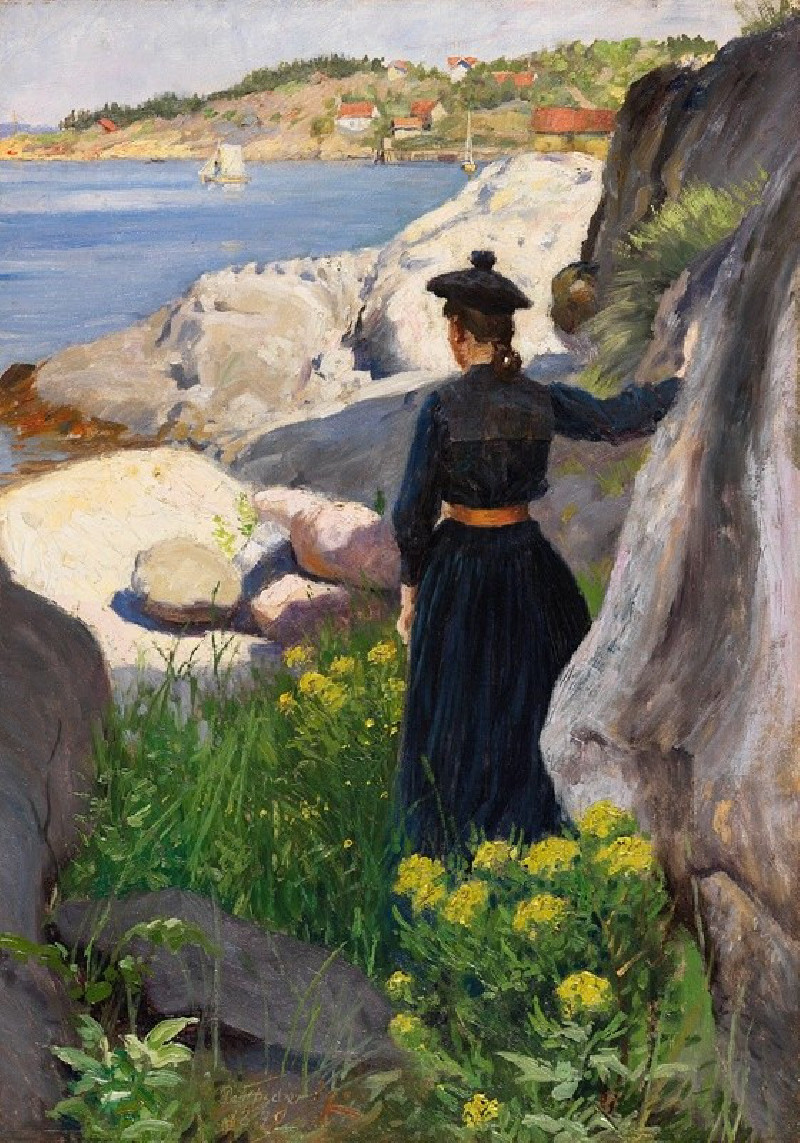Spielende Kinder (1930)
Technique: Giclée quality print
Recommended by our customers
More about this artwork
"Spielende Kinder" by Otto Modersohn provides a vivid depiction of youthful exuberance in a serene, pastoral setting. Painted in 1930, this artwork captures two children, engrossed in the simplicity and joy of play, set against the lush backdrop of a sunlit, early spring landscape.The children, one in a radiant yellow dress and the other in a deep blue outfit, symbolize brightness and calm, respectively, mirroring the interplay of color and emotion within the scene. Modersohn’s brushwork delivers a textured, almost tactile quality to the grass and trees, enhancing the immersive experience of rural nature. The loosely rendered background of trees and open fields painted with an impressionistic flair, suggests a timeless, universal scene of childhood.The airy, spontaneous quality of Modersohn's strokes conveys not just the movement of the children but also the gentle sway of nature around them. This painting, with its harmonious blend of nature and activity, invites viewers to recall their own moments of carefree play and connection with nature.

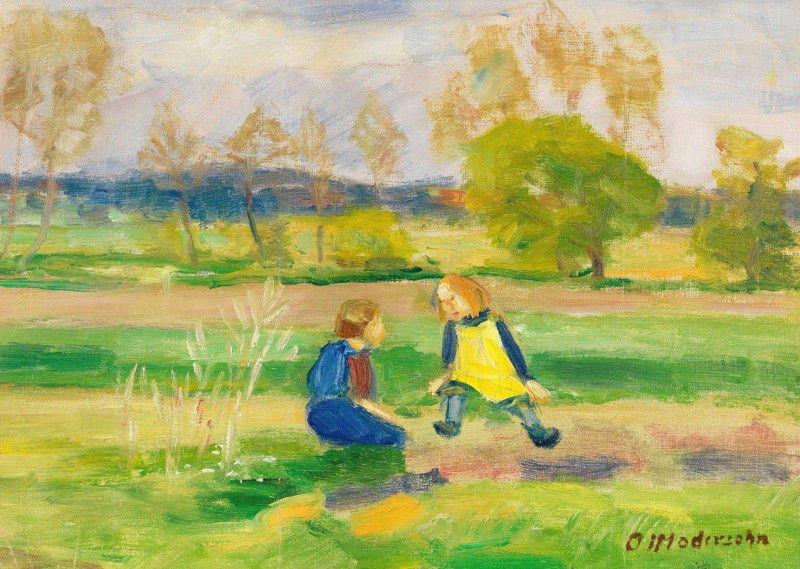
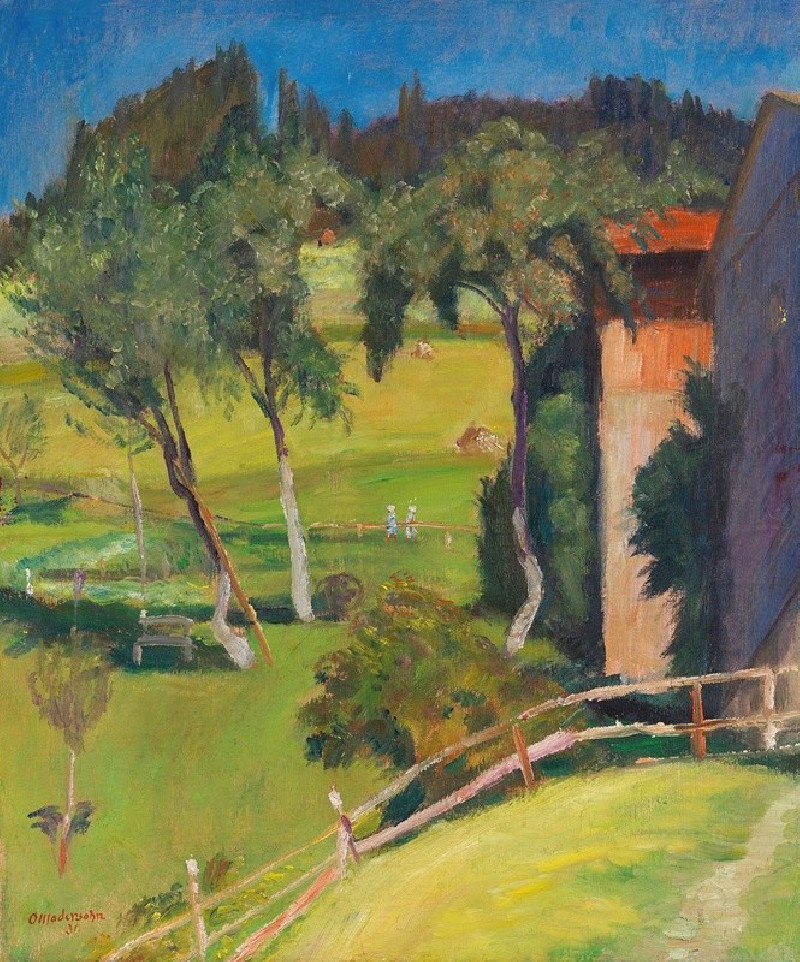
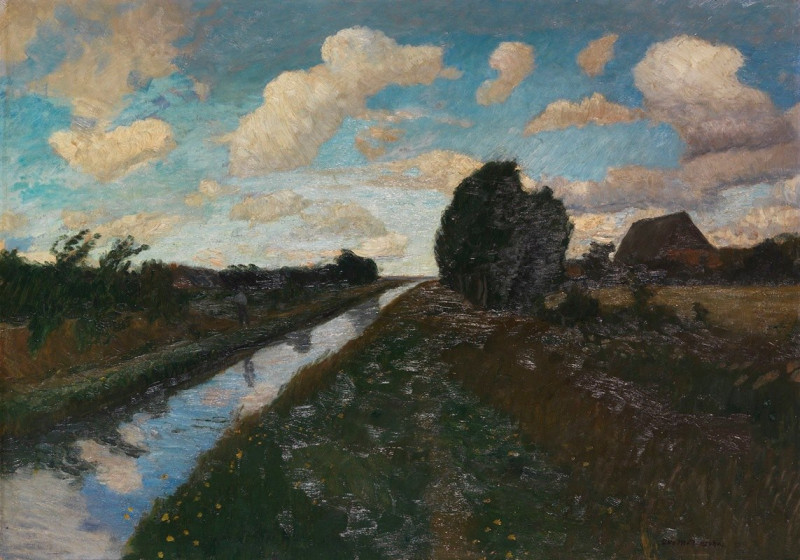
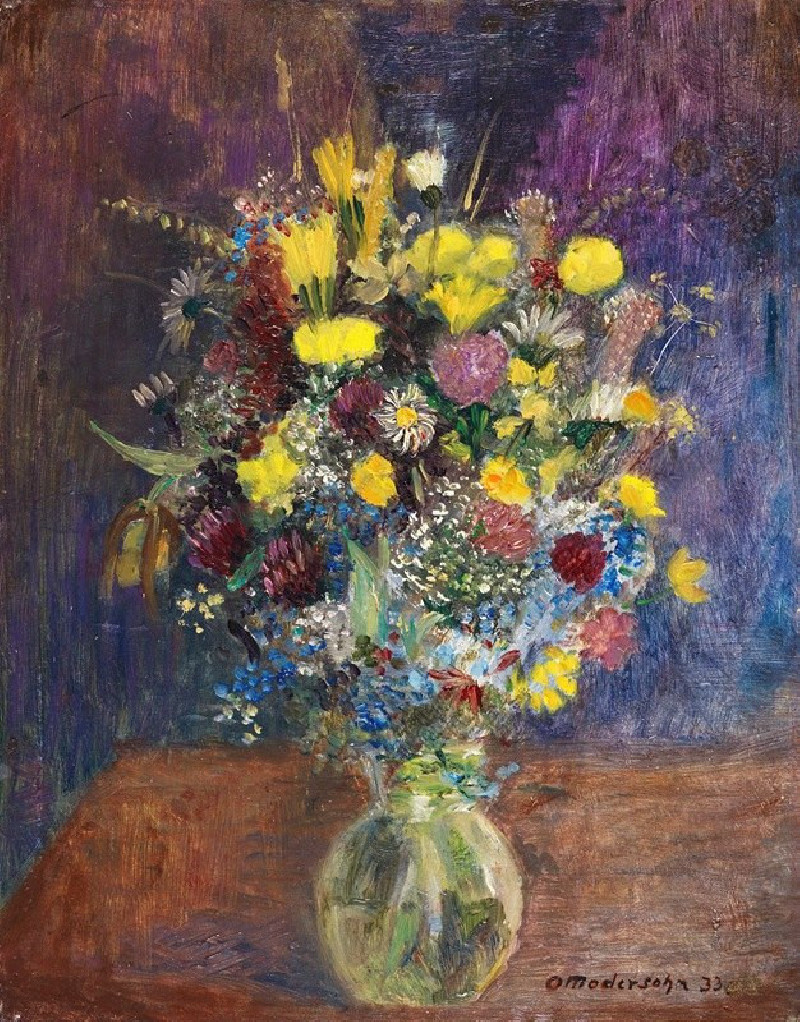

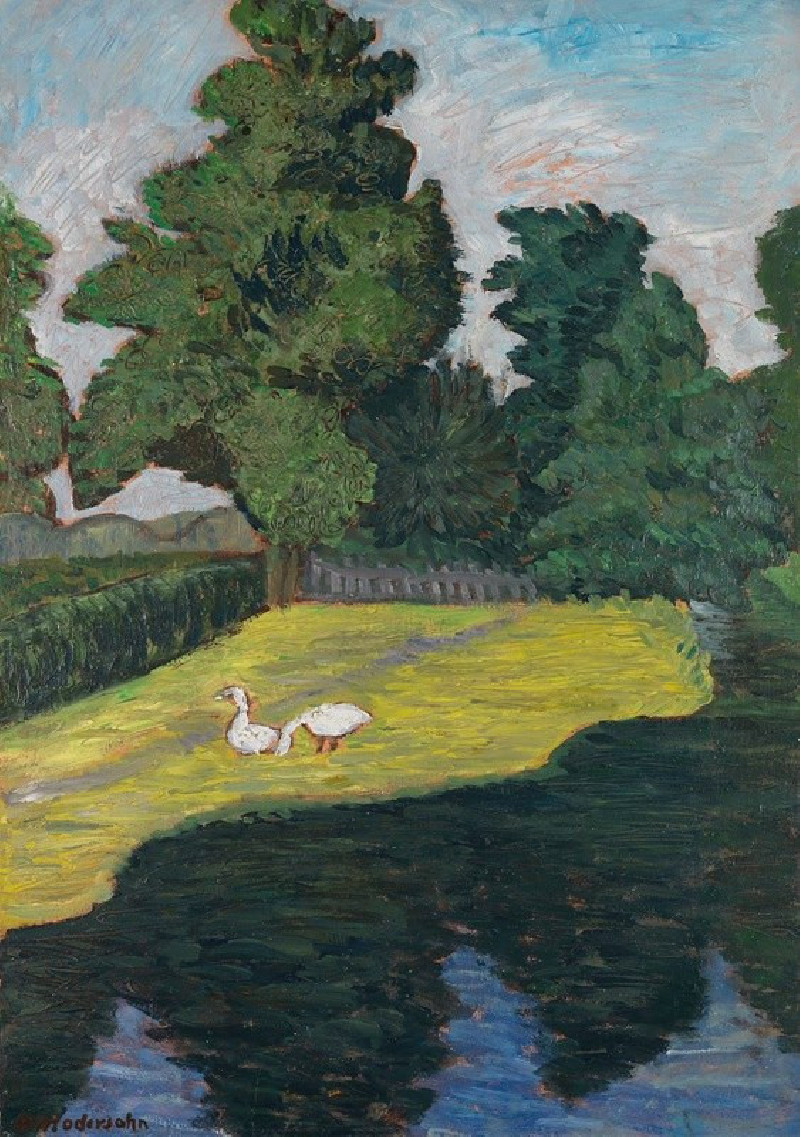
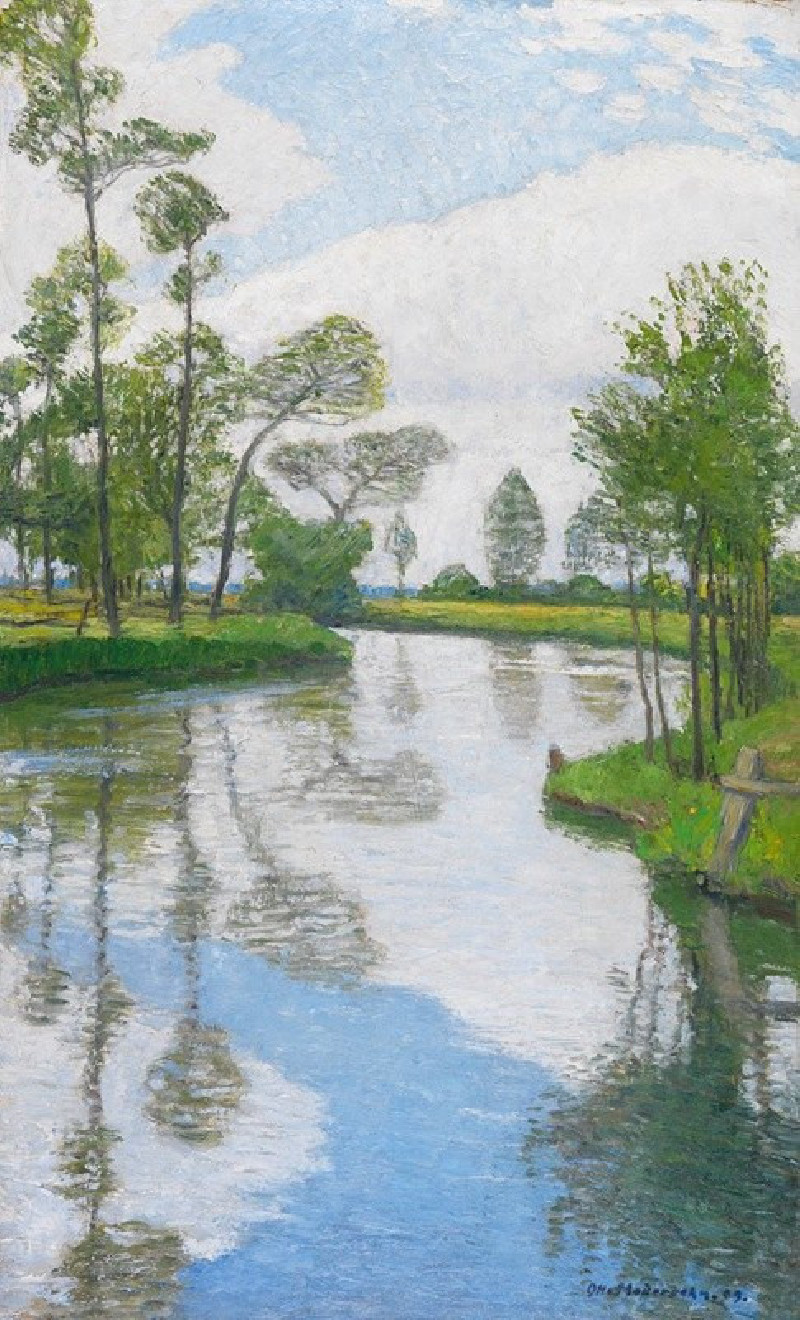
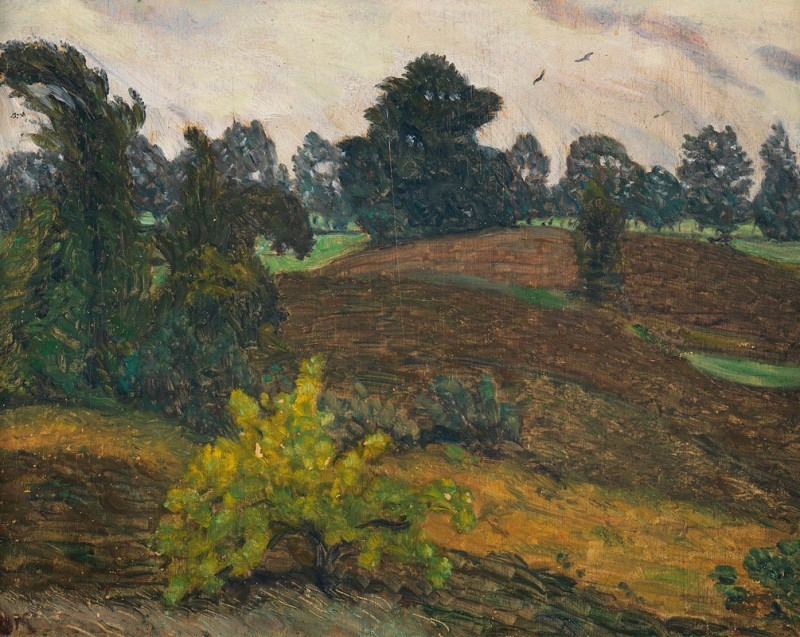
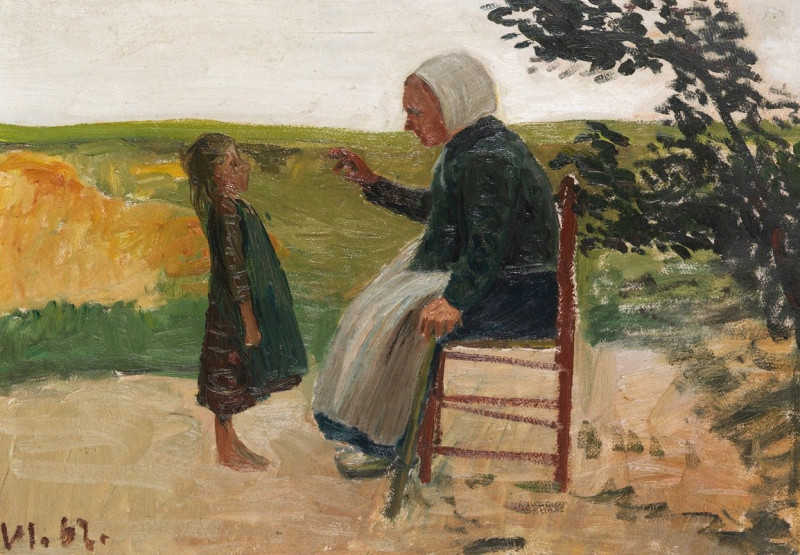
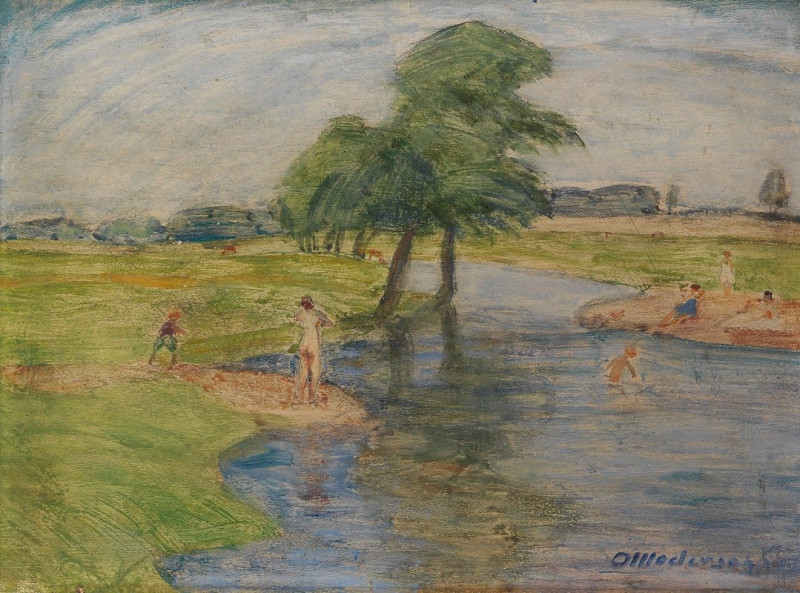
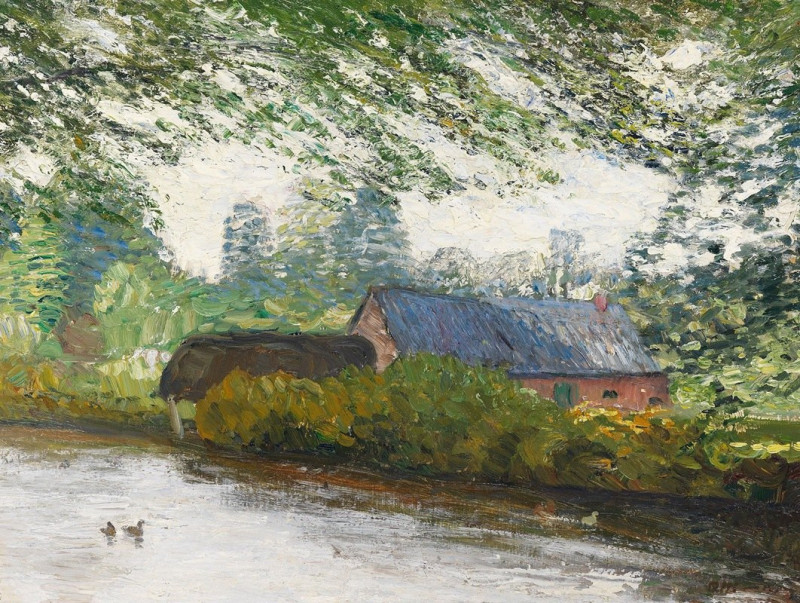
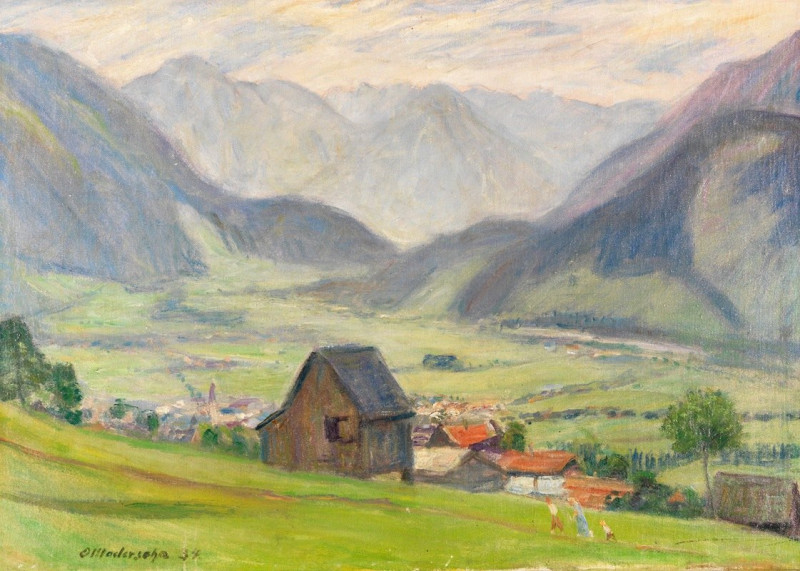
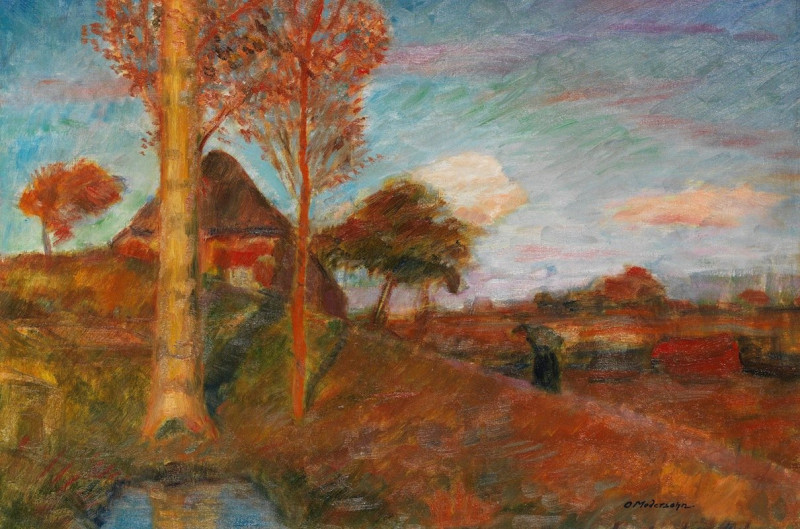


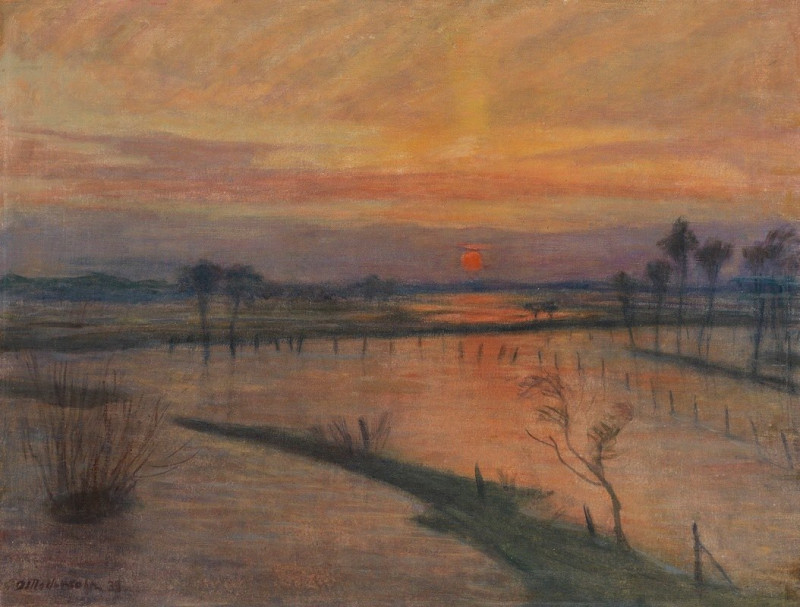
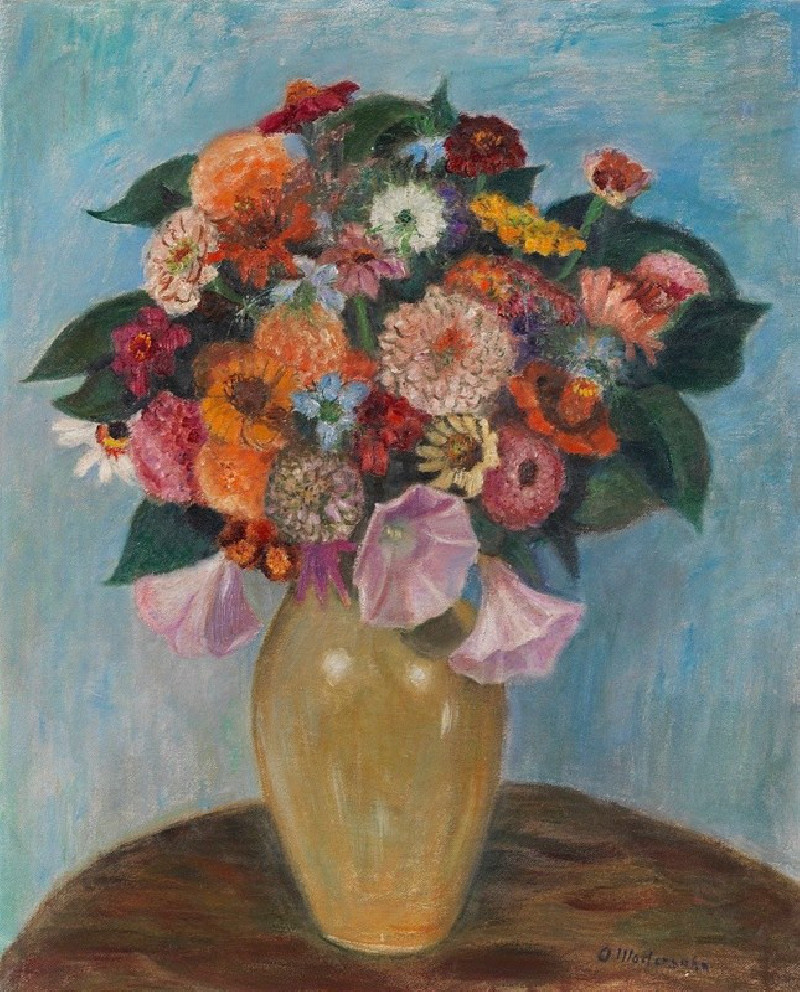
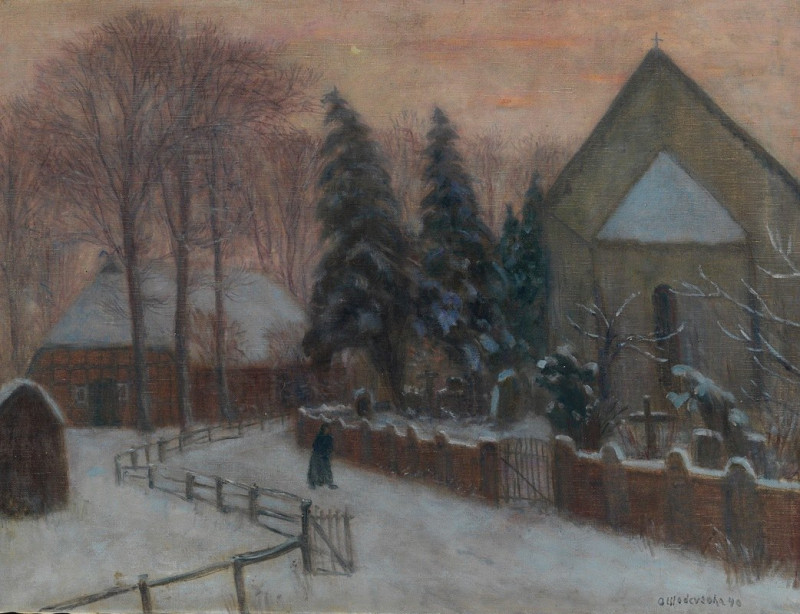
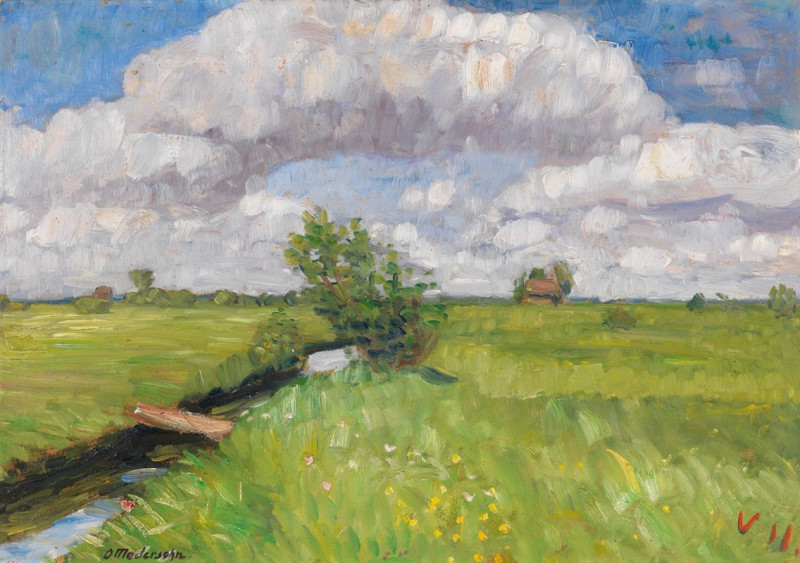
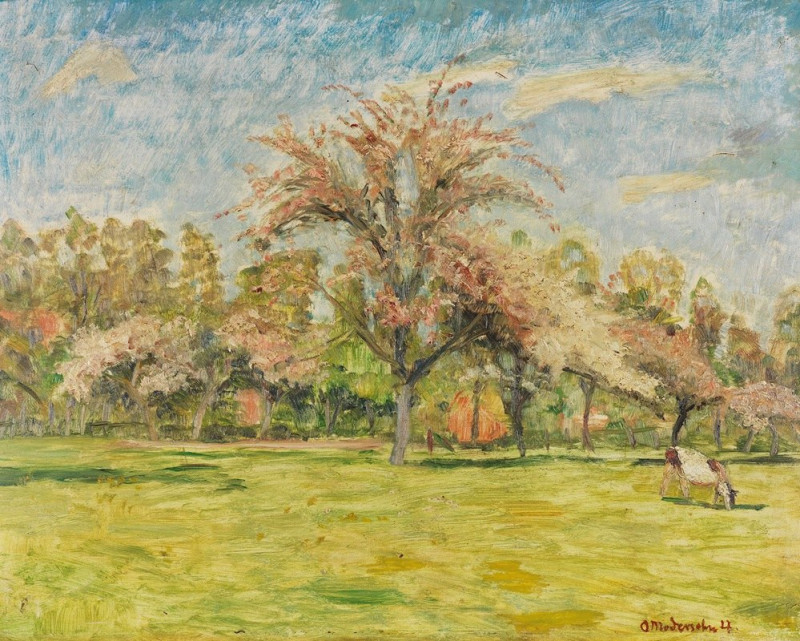

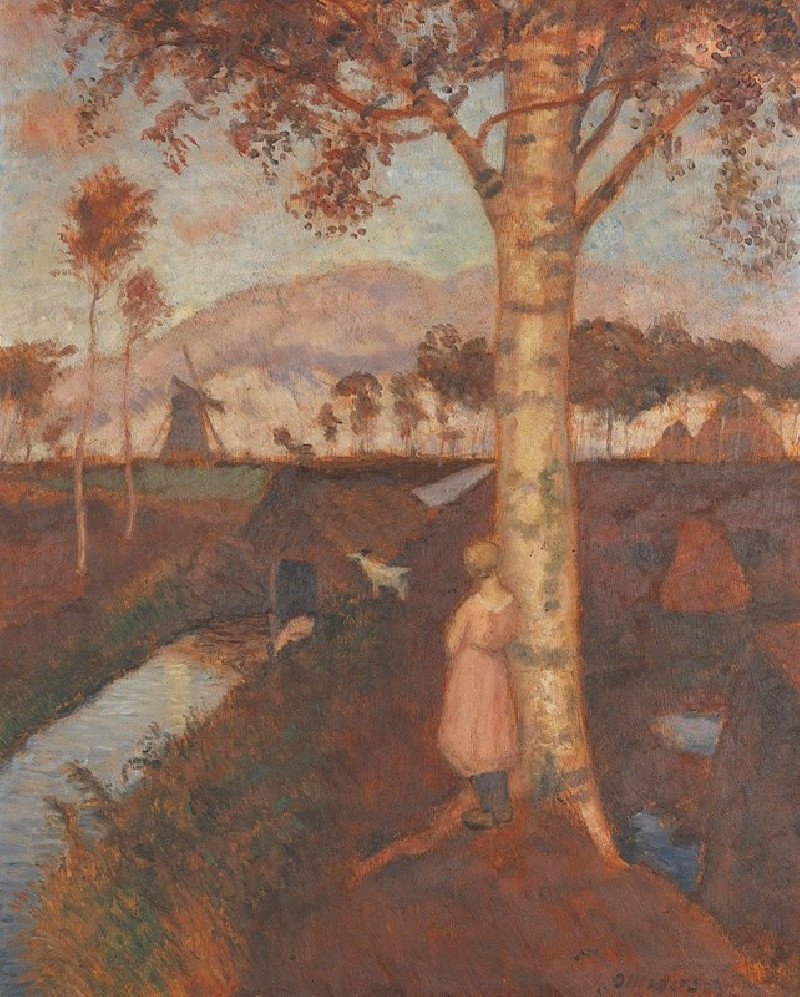
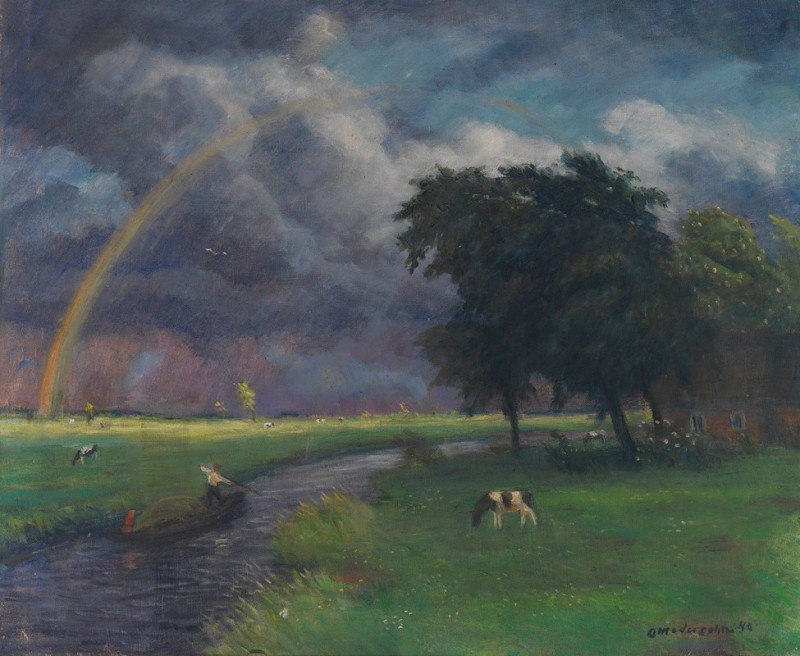

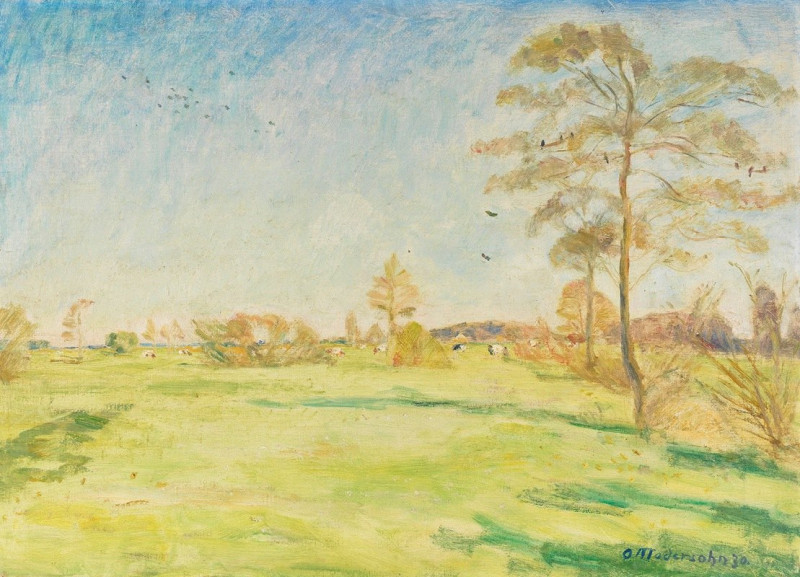
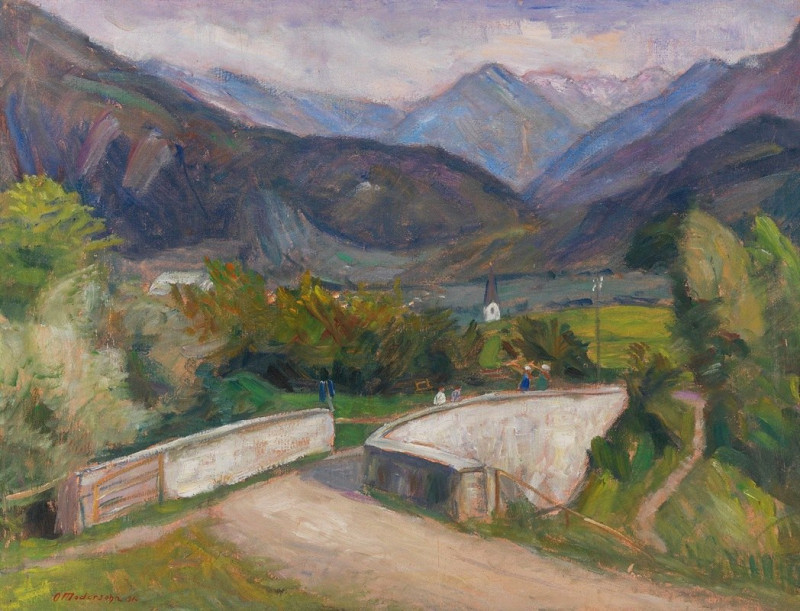
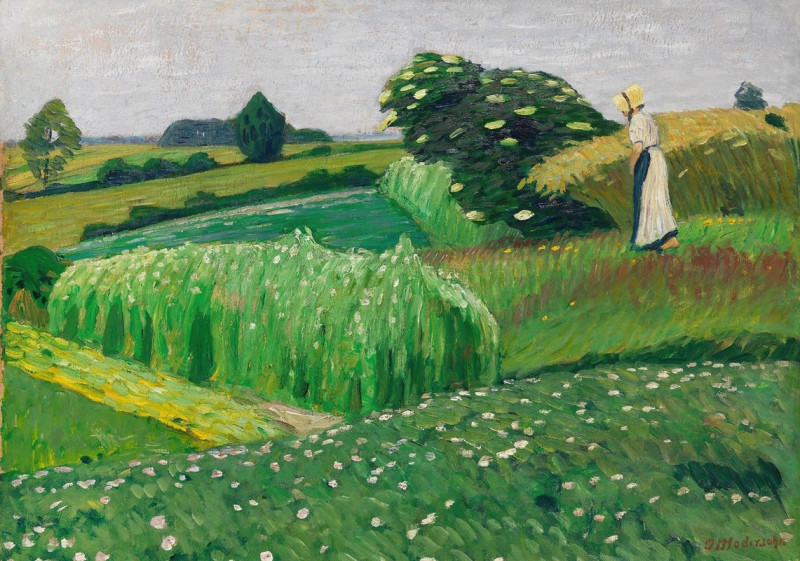
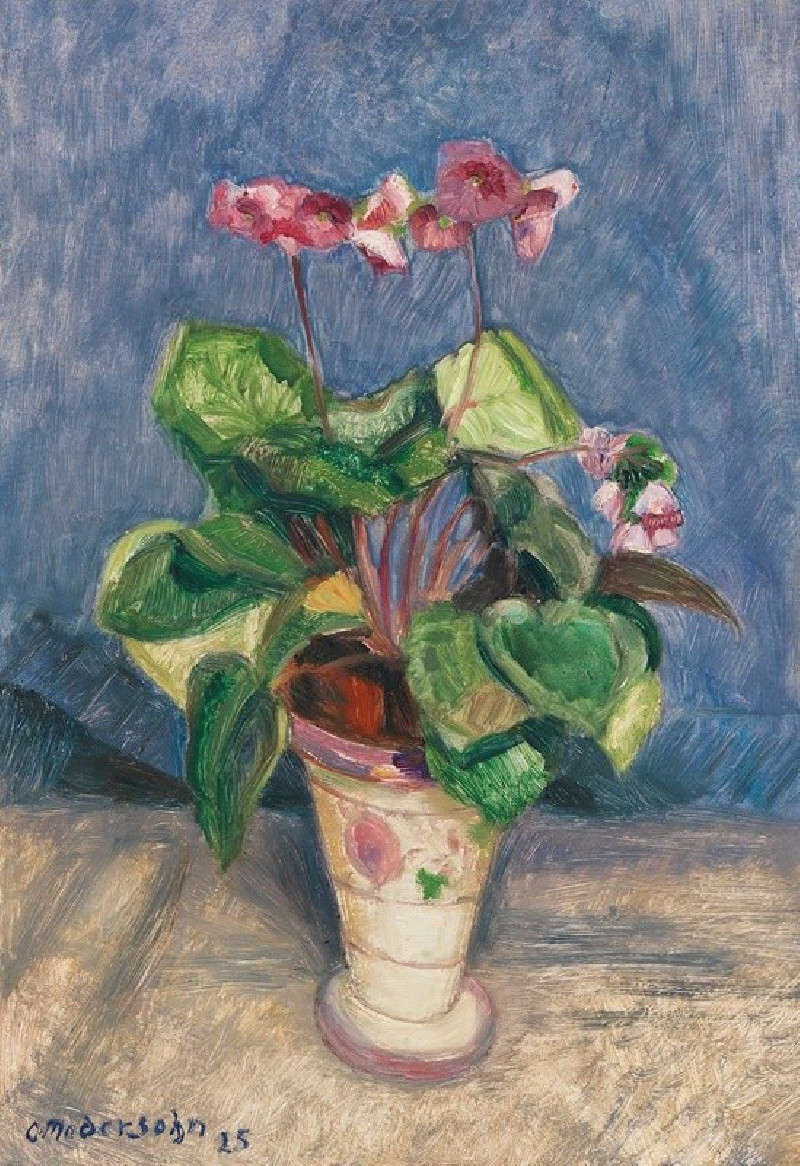
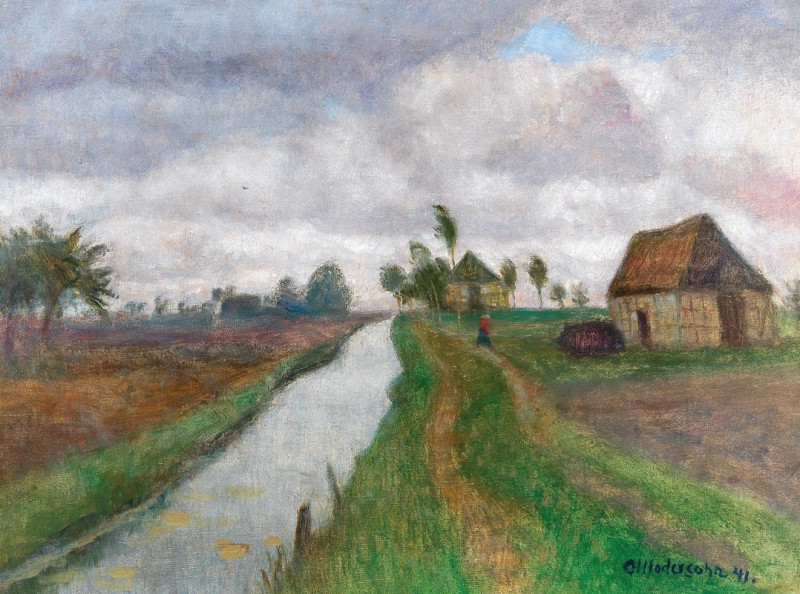

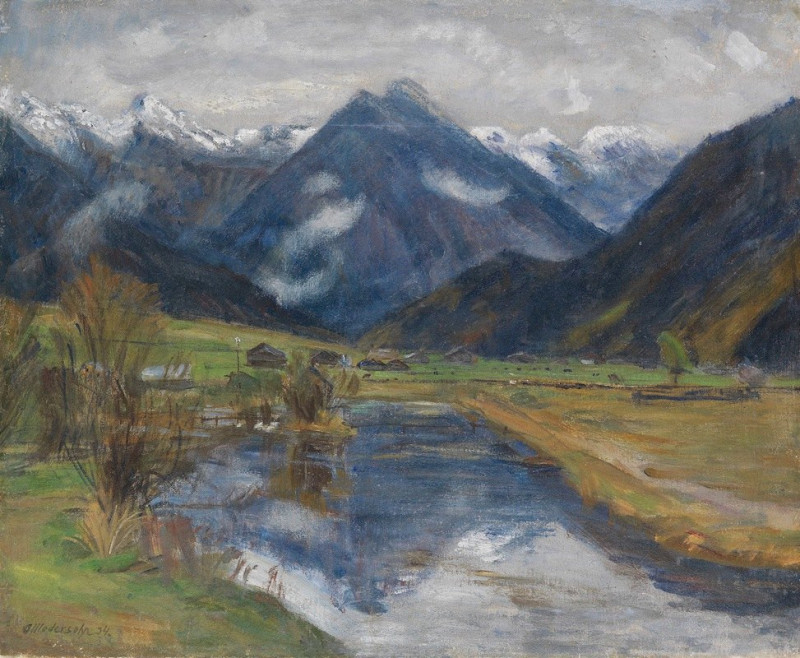
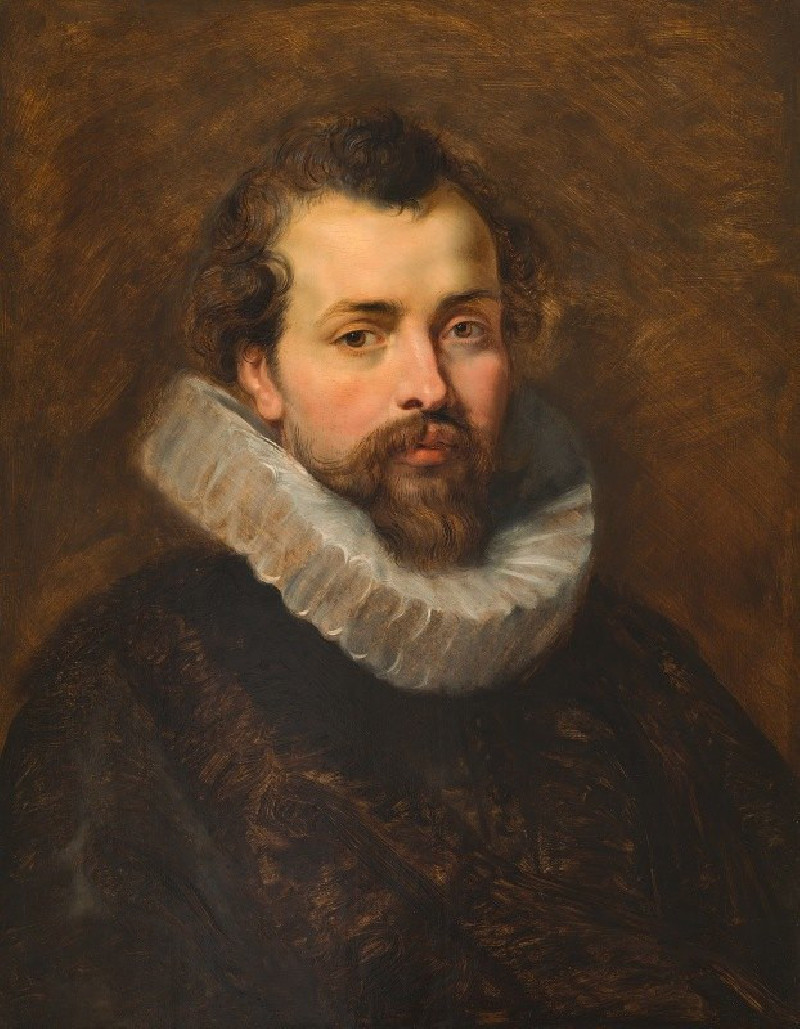
![Siccregully [Sakrigali] (1785) reproduction of painting by Samuel Davis. ALL GICLEE PRINTS](https://reprodukcijos.lt/42656-large_default/reproduction-of-siccregully-sakrigali-1785.jpg)
